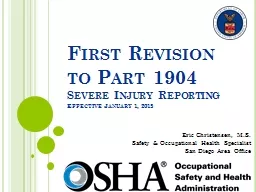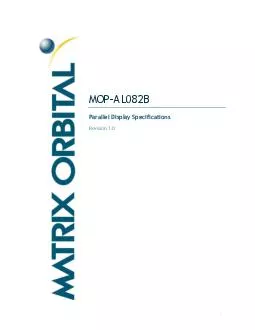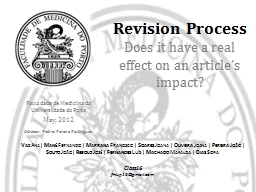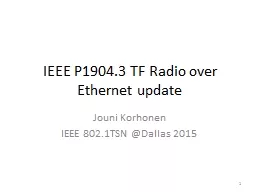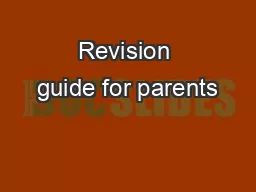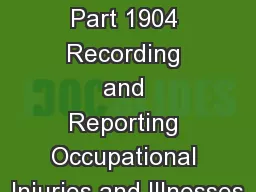PPT-First Revision to Part 1904
Author : test | Published Date : 2020-01-07
First Revision to Part 1904 Severe Injury Reporting Effective January 1 2015 Eric Christensen MS Safety amp Occupational Health Specialist San Diego Area Office
Presentation Embed Code
Download Presentation
Download Presentation The PPT/PDF document "First Revision to Part 1904" is the property of its rightful owner. Permission is granted to download and print the materials on this website for personal, non-commercial use only, and to display it on your personal computer provided you do not modify the materials and that you retain all copyright notices contained in the materials. By downloading content from our website, you accept the terms of this agreement.
First Revision to Part 1904: Transcript
Download Rules Of Document
"First Revision to Part 1904"The content belongs to its owner. You may download and print it for personal use, without modification, and keep all copyright notices. By downloading, you agree to these terms.
Related Documents

